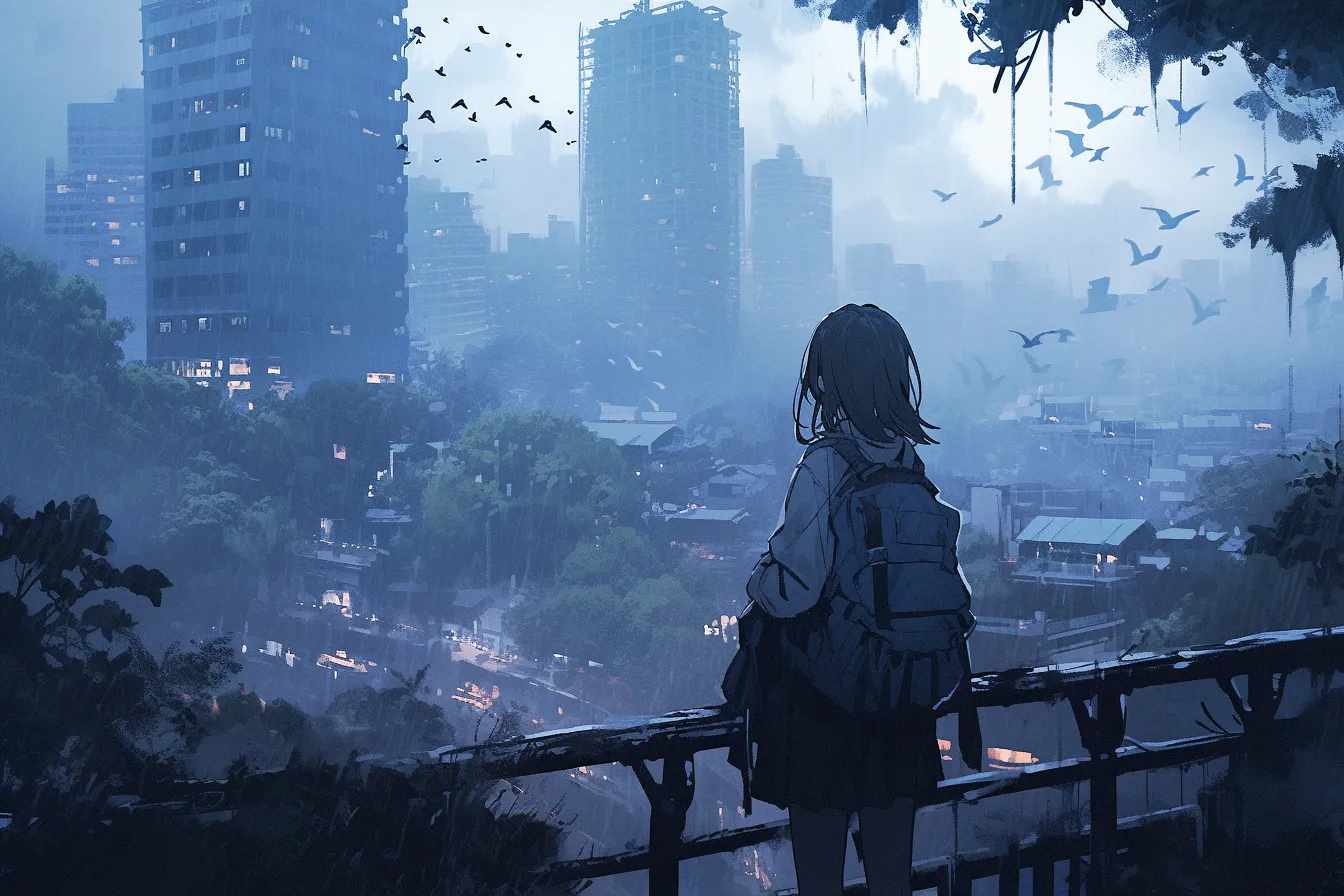Fashion Styles of Anime Characters from My Hero Academia

In "My Hero Academia," vibrant characters showcase unique fashion reflecting their quirks. Shoto Todoroki wears a dual-toned outfit symbolizing his fire and ice powers, while Katsuki Bakugo's aggressive style highlights his readiness for battle
Exploring Fashion Styles of Anime Characters from My Hero Academia
Anime has a unique way of blending storytelling with striking visual aesthetics, and one of the most significant aspects of this is character design. In “My Hero Academia,” each character’s fashion style reflects their personality, abilities, and background. This article delves into the diverse fashion choices presented in the series, showcasing how they contribute to the overall narrative and character development.
The Influence of Quirks on Fashion
In “My Hero Academia,” every character possesses a unique quirk that defines their abilities. This uniqueness often extends to their clothing choices. For instance, Shoto Todoroki’s attire is a perfect representation of his dual powers—fire and ice. His half-and-half color scheme not only emphasizes his abilities but also serves as a metaphor for his internal struggles between his parents’ legacies.
Similarly, characters like Katsuki Bakugo display a more explosive fashion style that matches his fiery personality. His practical yet aggressive outfit showcases functionality while reflecting his combative nature. Each piece he wears seems designed for action, making it clear that he is always prepared for battle.
Class A vs. Class B: Contrasting Styles
The differences in fashion between Class A and Class B highlight the competitive nature of the series. Class A tends to exhibit more individualistic styles that showcase their quirks creatively. For example, Uraraka Ochako’s casual yet stylish outfits symbolize her down-to-earth personality while adding a sense of relatability.
On the other hand, Class B characters like Neito Monoma often adopt more flamboyant styles that reflect their confidence and competitive spirit. Monoma’s bold color choices and eccentric accessories set him apart from others, emphasizing his role as a rival to Class A.
Iconic Outfits: More Than Just Clothing
Some outfits in “My Hero Academia” have become iconic due to their significance in specific arcs or events. For example, Izuku Midoriya’s hero costume has evolved throughout the series, representing his growth as both a hero and an individual. Initially designed to accommodate his lack of control over One For All, later iterations include enhancements that reflect his increasing mastery and confidence.
In contrast, characters like All Might showcase traditional hero aesthetics with capes and vibrant colors that evoke nostalgia for classic superhero designs. His costume embodies ideals of justice and hope while serving as a stark reminder of what it means to be a symbol beyond just power.
The Role of Fashion in Character Relationships
Fashion also plays a pivotal role in illustrating relationships between characters. Take Momo Yaoyorozu’s sophisticated style compared to her classmates’ more casual looks; her wardrobe choice signifies her cultured background and maturity. This distinction not only sets her apart but also highlights her role as a leader among her peers.
Furthermore, the interactions between characters can be seen through their fashion choices during group activities or events. During school festivals or training exercises, we often see variations in outfits that indicate camaraderie or rivalry among students. For instance, sports festival uniforms are designed to unify participants while still allowing for personal flair—each character adding elements that reflect their unique personalities.
The Impact of Accessories
Accessories play an essential role in enhancing character design within “My Hero Academia.” From Deku’s signature headband during intense battles to Bakugo’s tactical gear, these additions can signify growth or specific traits about each character.
Take Mina Ashido’s vibrant hairstyle paired with her quirky choice of accessories; they create an electric personality that matches her acid quirk perfectly. Accessories can also serve as symbolic representations—like ear cuffs or bracelets that might signify achievements or emotional states—as seen with various characters throughout the series.
Nano-Banana: A Quirky Trend
While discussing unique fashion elements in “My Hero Academia,” we cannot overlook some humorous aspects such as the idea of “nano-banana.” Imagine if one of the characters had an affinity for banana-themed accessories or clothing made from advanced materials resembling bananas! Such an addition would perfectly align with the quirky nature prevalent within anime aesthetics while providing comic relief amid intense story arcs.
This playful concept could translate into vibrant yellow clothing adorned with banana motifs or even high-tech gadgets inspired by this fruit theme—adding another layer to character design while maintaining humor throughout the narrative.
Conclusion: Fashion as Storytelling
In summary, “My Hero Academia” showcases how fashion is not merely about clothing; it acts as an extension of character identities and narratives woven throughout the series. Each outfit conveys messages about personality traits, background stories, and evolving dynamics among characters.
As fans continue to engage with these rich visuals within anime culture, it’s clear that style matters just as much as action—the two work hand-in-hand to create memorable experiences for viewers worldwide. Through careful observation of these details—whether it’s through classic hero costumes or imaginative concepts like our hypothetical nano-banana—we gain deeper insights into what makes each character truly unique within this expansive universe.
💬 The comment system is temporarily disabled.
If you have any questions, please contact us through other means.
